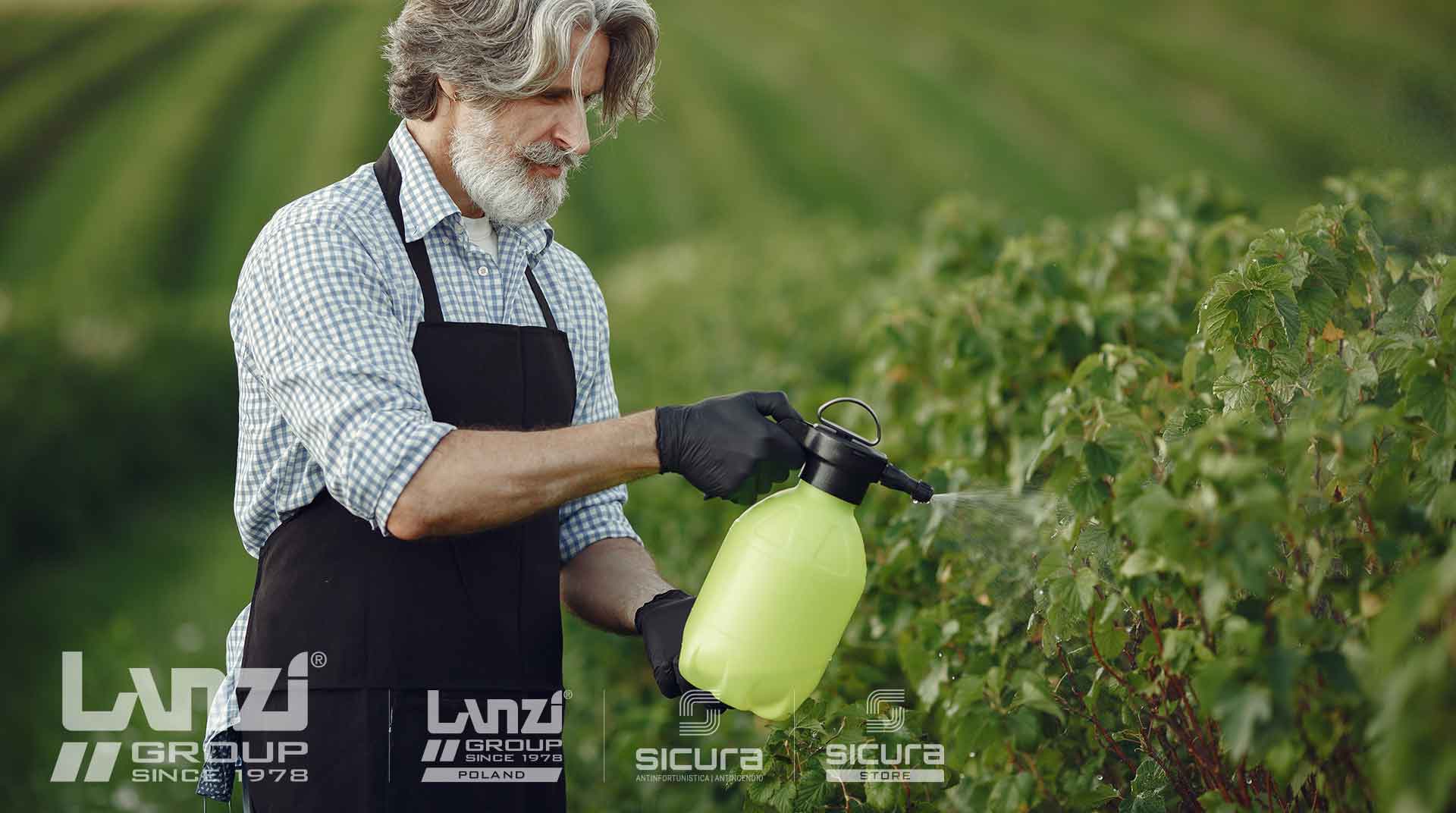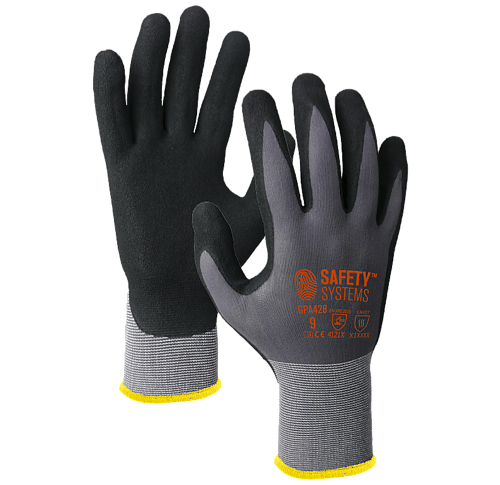
A new standard, ISO 18889:2019, has been approved to deal with the problems associated with the use of pesticides and limit their harmful consequences on the environment and, especially, on human health.
According to the definition proposed by the ECHA (EuropeanChemicals Agency), “pesticides – also known as agrochemicals – are substances used to protect plants from parasites." They include herbicides (to eliminate weeds), fungicides (to fight disease) and insecticides (to eliminate insects). Unfortunately, these substances not just get rid of unwanted species, but can also be harmful to our health and the environment. Pesticides, or plant protection products, contain at least one active ingredient and are used to:
It is clear that the need to protect crops clashes with the real danger of toxic effects on the environment and, above all, on human health. Hence the obvious need for standard ISO 18889:2019.
According to a recent document entitled “EU indicator framework for chemicals”, drawn up by the European Environment Agency (EEA) and the European Chemicals Agency (ECHA): «The transition to safer and more sustainable chemicals is progressing in some areas, while in others it has only just begun. A comparative analysis shows that further work is still needed to reduce the impact of harmful substances on human health and the environment».
The EU's goal, however, continues to be to reduce the use and risk of chemical pesticides by 50% by 2035. To this end, in the coming years we will see increasingly concrete and pervasive actions undertaken to achieve this ambitious goal on a global scale, both to protect the environment and, first and foremost, to protect human health.
In document “Uso in sicurezza dei prodotti fitosanitari schede tecnico-informative” INAIL highlights the dangers of prolonged pesticide exposure, especially for farm workers: “The risk of exposure, which can be more or less high, arises for workers as a function of the intrinsic danger of the active ingredient, the levels of exposure and absorption through the various routes of penetration into the body (inhalation, skin, etc.), and the modalities and frequency of use. The occupational diseases associated with the use of chemicals are characterised by a slow, gradual, progressive onset, often with a prolonged latency period”.
Accordingly, until there is a massive and uniform transition by all EU member states towards the use of safer and more sustainable chemicals in agriculture, in order to guarantee the safety and health of farm workers, it is still necessary to focus primarily on good practices and the use of well-designed and standardised personal protective equipment.
The regulations on the use of pesticides that can be consulted at present include:
Depending on the products used, prolonged exposure to pesticides can cause inflammation and problems affecting the central nervous system and the liver, as well as affect fertility (Source ISS).
Furthermore, some INAIL statistics show an increased risk of Parkinson's disease precisely among farm workers.
In light of this evidence, it is necessary to adopt PPE that can counter the phenomenon of contamination for those who are exposed to pesticides.
Protecting hands and forearms is of crucial importance, in that these parts of the body are the most exposed to the risk of contamination from pesticides. Hence the use of gloves is essential to reduce, if not outright eliminate, this risk to workers’ health.
In the aforementioned INAIL document, we read in connection with PPE (especially gloves): “The use of gloves is mandatory for all activities that involve handling and contact with plant protection products: the gloves must have five fingers and ensure adequate wrist coverage, and they must meet certain performance characteristics”.
A worker, in fact, may come into contact with the plant protection products in various work phases, such as, for instance, opening the packaging, distribution in a field, and operations on the plants after the treatment.
A worker, in fact, may come into contact with the plant protection products in various work phases, such as, for instance, opening the packaging, distribution in a field, and operations on the plants after the treatment.
Standard ISO 18889:2019 specifically defines the minimum performance, classification and labelling requirements for gloves worn for hand protection by operators and workers in contact with pesticides.
Standard ISO 18889:2019 classifies gloves into two categories:
For the gloves that provide protection to the entire hand two protection levels (G1 and G2) are specified, whereas a single protection level (GR) is envisaged for gloves suitable for certain re-entry activities.
As for tests, the standard defines procedures for evaluating glove penetration and permeation. These tests are key to ensure that the gloves meet the necessary requirements for operator safety.
For gloves classified as G1 and G2, tests are required both on the individual materials that are going to make up the protective glove and on the glove as a whole. Besides the tests for resistance to chemical agents, tests are also conducted with a “pesticide surrogate”.

Safety Systems Hand Protection has in its catalogue a gloves model that is ISO 18889:2019 certified: GPA428.
For further information on standard ISO 18889:2019, write to marketing@lanzigroup.com.